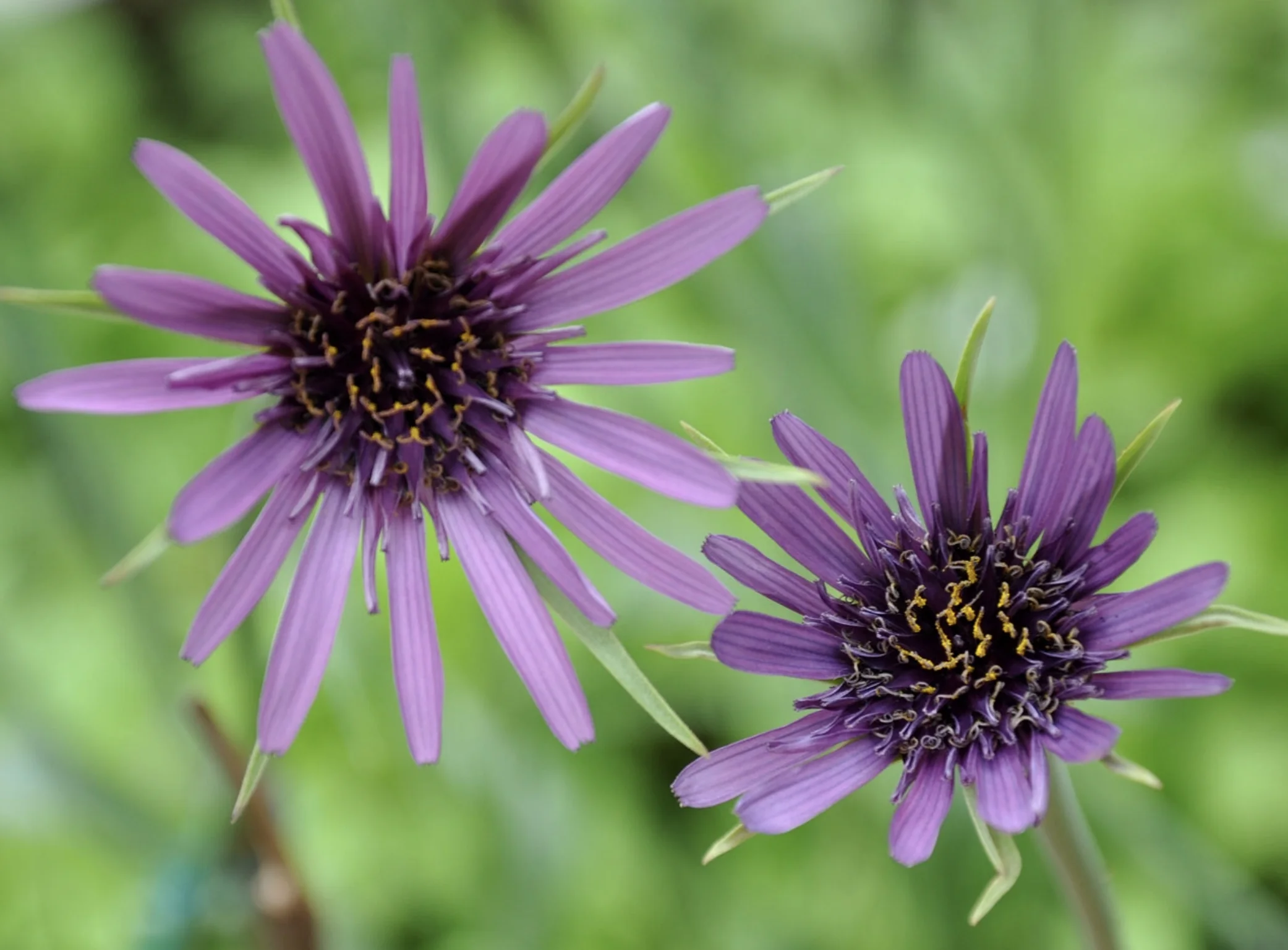Salsify
Salsify
SALSIFY SEEDS
Tragopogon porrifolius ‘Mammoth Sandwich Island’
The roots and shoots of salsify have been foraged and cultivated for thousands of years. Not much of a looker, it is rarely found at market but is easily grown in the garden. As a self-sowing biennial, salsify is suitable for the permacultural landscape. Edible flowers are a gorgeous shade of violet and appropriate for ornamental use.
Sow seeds in early spring in soil that has been trenched to at least 12" and amended with compost, greensand (or regular sand), kelp and fish bone meal. Keep soil moist until seeds have germinated. Thin seedlings to at least 6" apart. Water frequently until seedlings are well-rooted. Mulch!
Salsify will be ready to harvest in the late autumn. Plants are very hardy and will generally overwinter without protection. To harvest roots as needed through the winter use square straw bales to keep soil from freezing. Parsnips and Black Salsify may also be harvested through most winters using this method and may be planted in the same bed.
New spring growth is delicious. Young foliage can look very much like grass so mark plantings carefully. Flowers in the second summer. Stalks may be eaten like asparagus. Flower buds are considered a delicacy. Collect dandelion-like seeds or allow to sow themselves willy-nilly. Roots may be harvested anytime in the second year, even after seed collection, though the flavor is best in the first autumn and winter.
To make a simple meatless oyster stew with salsify: Peel and chop roots. Just cover with water and bring to a boil. Add milk and cook until roots are tender. Add butter and season to taste.
One of the most useful and unappreciated of old world vegetables. Highly recommended.
Packet contains at least 100 seeds.
